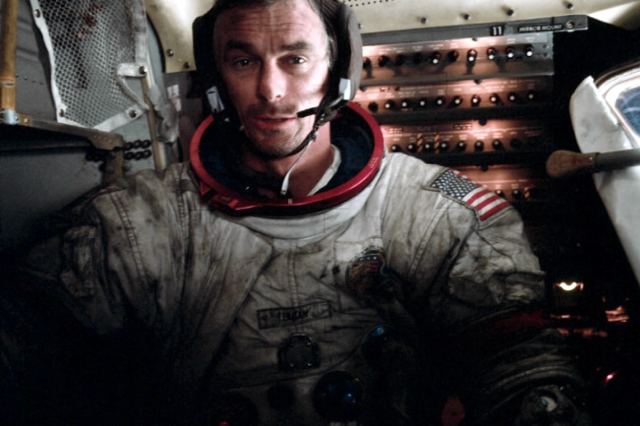Sticky and abrasive lunar dust breaks the tightness of spacesuits, causes short circuits in technology, penetrates into people's lungs. To remove it, you can use the same effect, thanks to which water droplets scatter over the surface of a hot frying pan.
The surface of the Moon is covered with loose regolith — fine dust, which is much more dangerous than the dust we are used to on Earth. Its particles are not "processed" by wind and water and retain very sharp edges, which makes moon dust a powerful abrasive. In addition, under the influence of the solar wind, they acquire a weak electrostatic charge and stick to surrounding objects.
For astronauts who worked on the surface of the satellite, lunar dust turned out to be one of the most serious problems. Destroying the sealed joints of the spacesuits, she disabled several of them. Dust also penetrated inside the manned modules, got into the lungs, causing serious breathing problems . Its charged particles are no less dangerous for electronics.
It is not possible to remove this dust with a brush: such treatment only drives the particles deeper into corners, folds and joints. Therefore, now that NASA and its partners are preparing to send people to the moon again, the problem has become urgent. Scientists from Washington State University have proposed to solve it by removing dust with liquid nitrogen. An article about this was published in the journal Acta Astronautica.
 |
| On the left is a black cloth covered with gray moon dust. On the right — treatment with liquid nitrogen cleared the dust and returned the original color. |
| Source: ©WSU |
Liquid nitrogen is a cryogenic liquid with an extremely low temperature: already at about minus 195 degrees Celsius, it boils. Once on a much warmer surface of the spacesuit, liquid nitrogen instantly boils, forming small droplets that "levitate" over a layer of its own steam. This phenomenon can be observed when water droplets hit a hot frying pan, it is called the Leidenfrost effect . Gradually evaporating, nitrogen droplets carry away the lunar dust with them, effectively cleaning the surface.
©WSU Jacob Leachman demonstrated this in laboratory experiments with small samples of fabric used in real spacesuits and a simulator of lunar dust. Liquid nitrogen turned out to be an excellent tool: in a vacuum that mimicked real conditions on the Moon, it removed more than 98 percent of dust particles. At the same time, the material withstood up to 75 cycles of contamination and cleaning without damage.
The work is supported by a NASA grant and may indeed find application in future manned expeditions to our satellite. However, first of all, the authors plan to better understand how liquid nitrogen interacts with dust, and conduct experiments not with 1:6 scale models, but with full-size spacesuits and in conditions close to lunar ones.

